15 Things That Dogs Love That Owners Don’t Do Enough
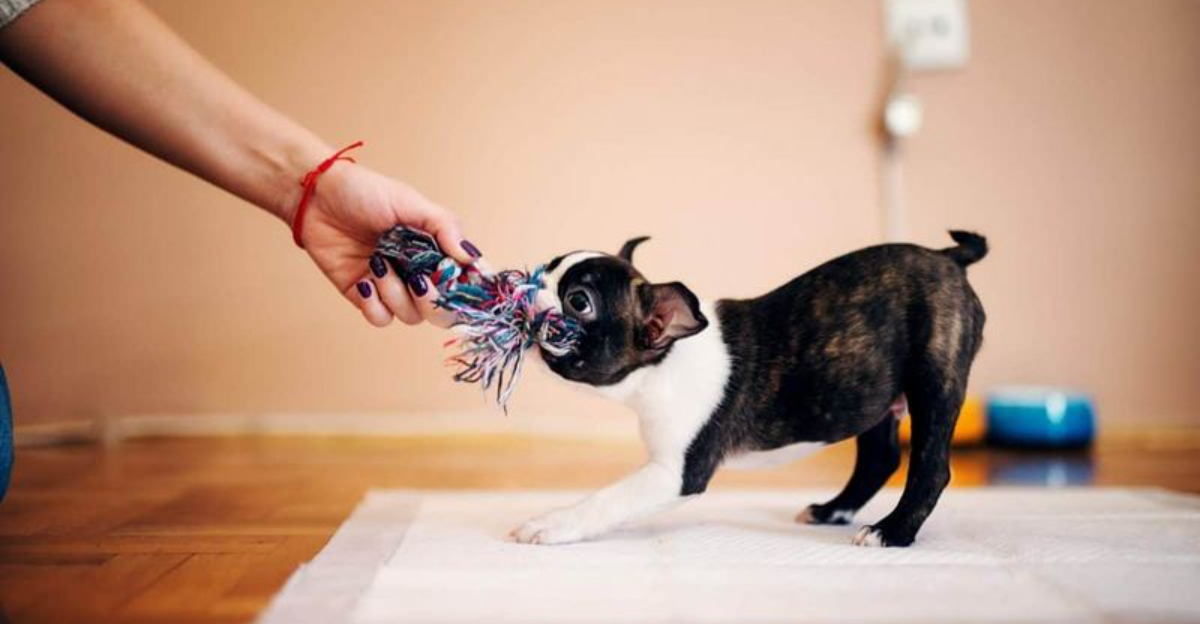
Dogs bring endless joy to our lives, but sometimes we miss opportunities to return the favor. Our furry companions have simple desires that often get overlooked in our busy schedules.
Understanding what makes your dog truly happy isn’t complicated – it just requires paying attention to their natural instincts and needs.
Here are 15 activities your four-legged friend wishes you’d do more often.
1. Morning Belly Rubs
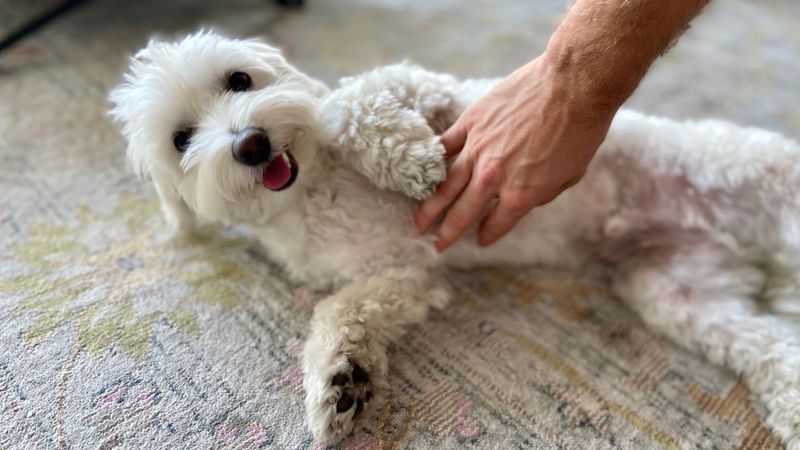
Nothing beats a good belly rub first thing in the morning for your furry friend. Dogs absolutely crave this intimate bonding moment that signals the start of a new day together. The gentle circular motions on their sensitive tummies release feel-good hormones that strengthen your connection.
Many owners rush through morning routines, missing this golden opportunity for connection. Taking just two extra minutes for belly rubs can dramatically improve your dog’s day. The stomach area is particularly vulnerable for dogs, so when they expose it to you, they’re showing complete trust.
2. Sniffing Adventures
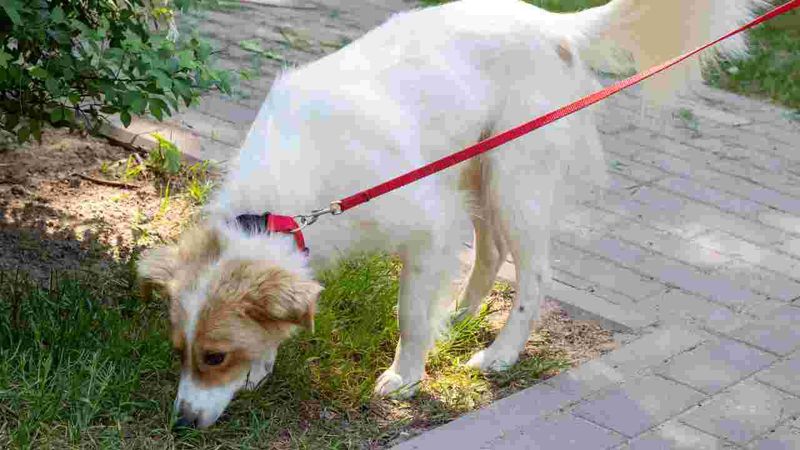
Your dog’s nose contains up to 300 million scent receptors compared to our measly 6 million. Allowing extra sniffing time during walks is like giving them access to a fascinating newspaper filled with neighborhood updates. Each scent tells a story about who passed by and when.
Fast-paced walks might fulfill exercise needs but deprive dogs of mental stimulation. Dedicated sniff walks – where your pup dictates the pace and direction – provide crucial mental enrichment. Even just 10 minutes of focused sniffing can tire a dog more than a 30-minute power walk.
3. Food Puzzle Challenges
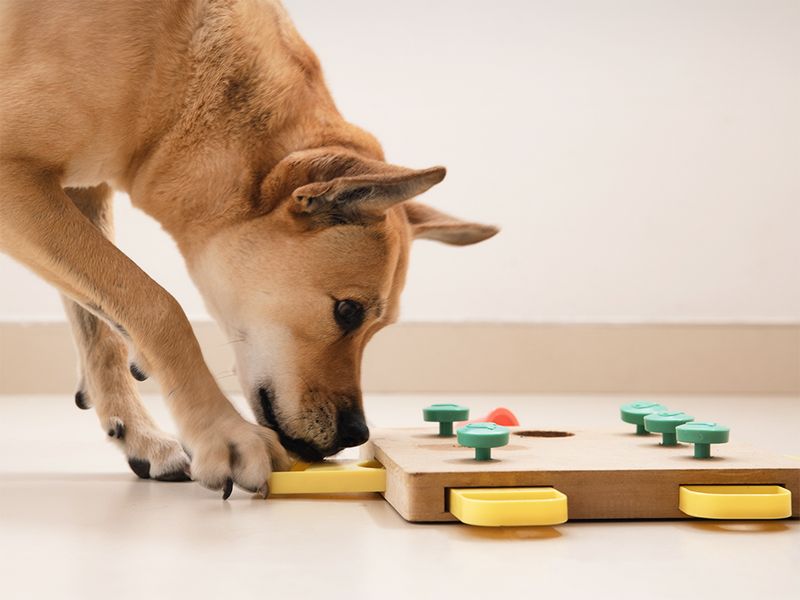
Dogs are natural problem solvers with hunting instincts hardwired into their DNA. Food puzzles tap into this primal desire to work for meals, creating mental stimulation that plain food bowls simply can’t match. The satisfaction of earning a meal through problem-solving creates lasting happiness.
Even five minutes with a puzzle toy can provide more mental exercise than a standard mealtime. Start with simple designs and gradually increase difficulty as your pup masters each level. Rotating between different puzzle styles keeps the challenge fresh and exciting.
4. Car Rides With No Destination
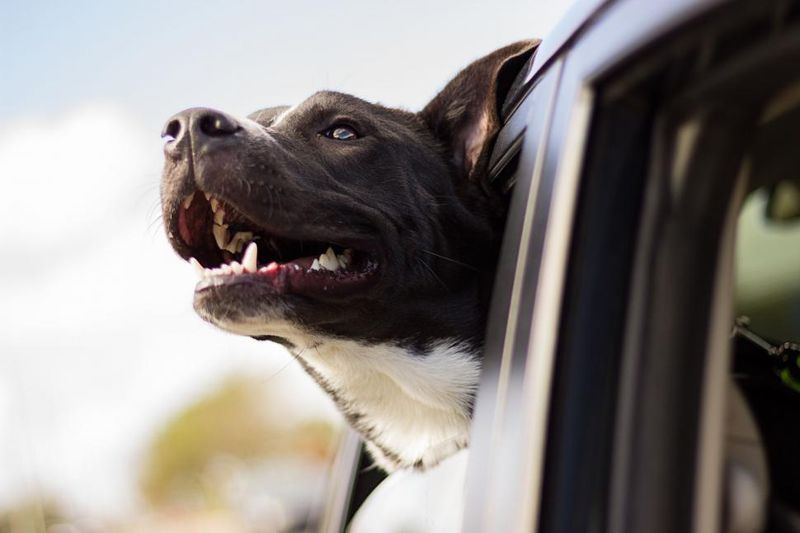
The wind rushing through fur, exciting scents streaming through open windows, and quality time with their favorite human – car rides are sensory adventures dogs adore. Many pups light up at the mere jingle of car keys, even without knowing the destination.
Most car trips take dogs to predictable places like vet appointments or dog parks. Spontaneous rides with no agenda offer pure joy without the anxiety of anticipating what comes next. Even a 15-minute cruise around the neighborhood can become the highlight of your dog’s week.
5. Learning New Tricks
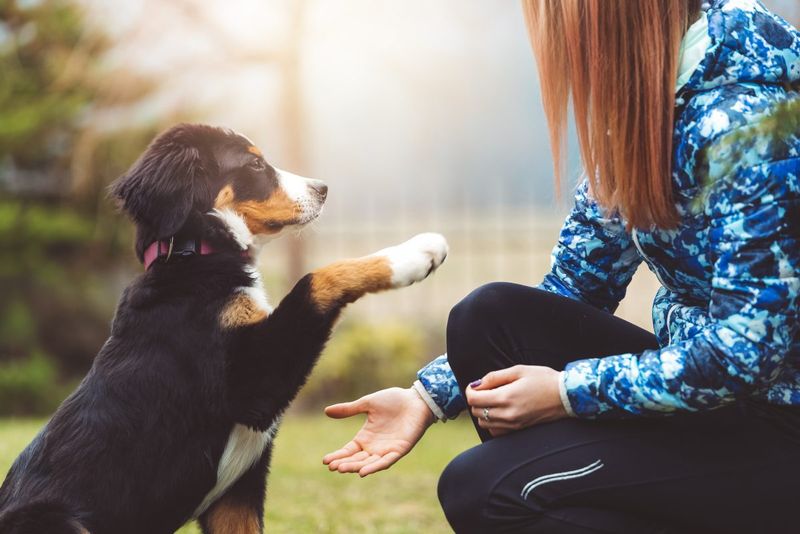
The old saying about old dogs and new tricks couldn’t be more wrong. Dogs thrive on mental challenges throughout their lives, and learning new skills provides crucial cognitive stimulation. The focused attention during training sessions creates a special bonding opportunity many owners overlook.
Even five-minute daily training sessions can keep your dog mentally sharp and emotionally fulfilled. Beyond basic commands, try teaching fun party tricks like spinning, bowing, or playing dead. The pride in your voice when they succeed is often more rewarding than the treats themselves.
6. Dedicated Play Sessions
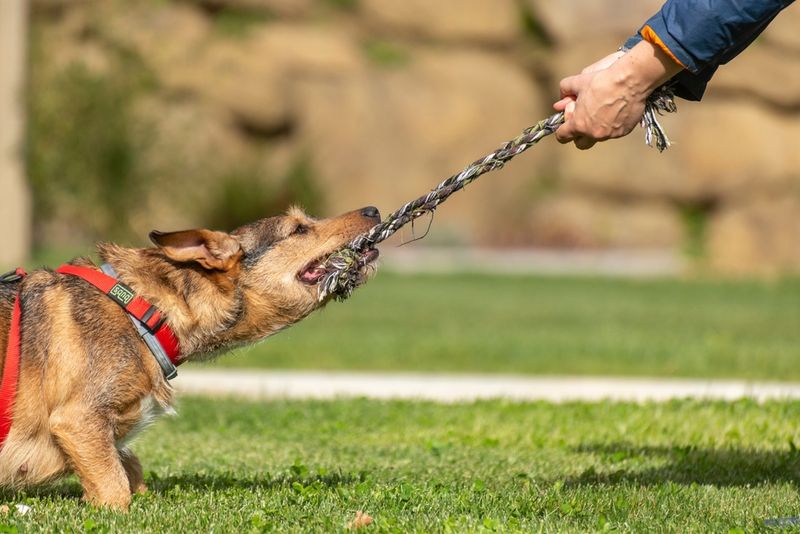
Structured playtime isn’t just fun – it’s fundamental for your dog’s emotional wellbeing. Interactive games like tug-of-war, fetch, or hide-and-seek satisfy deep instinctual needs while strengthening your bond. The focused attention during play makes dogs feel valued and important.
Many owners rely on dog parks or self-entertainment, missing the relationship-building power of one-on-one play. Setting aside just 15 minutes for undistracted play can transform your dog’s day. Rotating different toys keeps the experience fresh, while incorporating training elements during play reinforces good behavior in an exciting context.
7. Massage And Gentle Touch
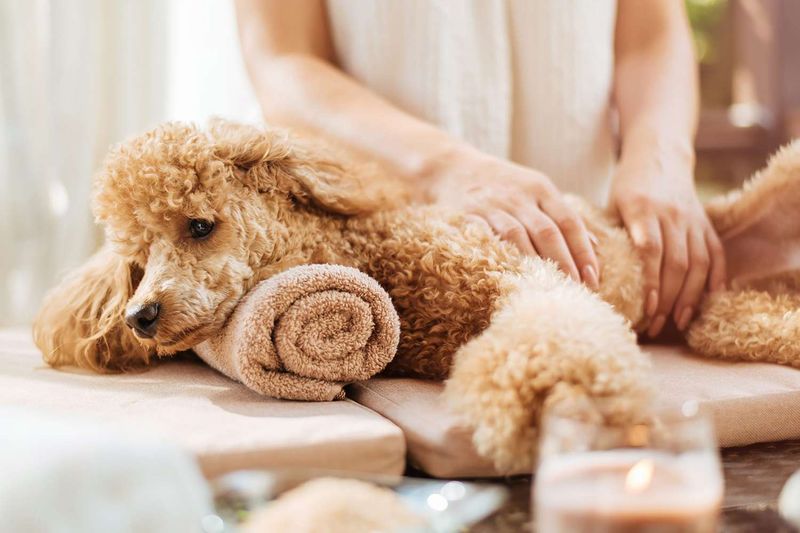
Beyond standard petting, dogs crave the deeper connection of massage. Gentle strokes along muscle groups release tension and trigger relaxation responses similar to those in humans. The rhythmic pressure communicates care in a language dogs instinctively understand.
Most owners stick to quick pats or basic scratches, missing the profound calming effect of proper canine massage. Learning simple techniques for shoulders, hips, and back can dramatically improve your dog’s physical comfort. Evening massage sessions can also help anxious dogs settle down before bedtime, promoting better sleep quality.
8. Meeting Dog Friends
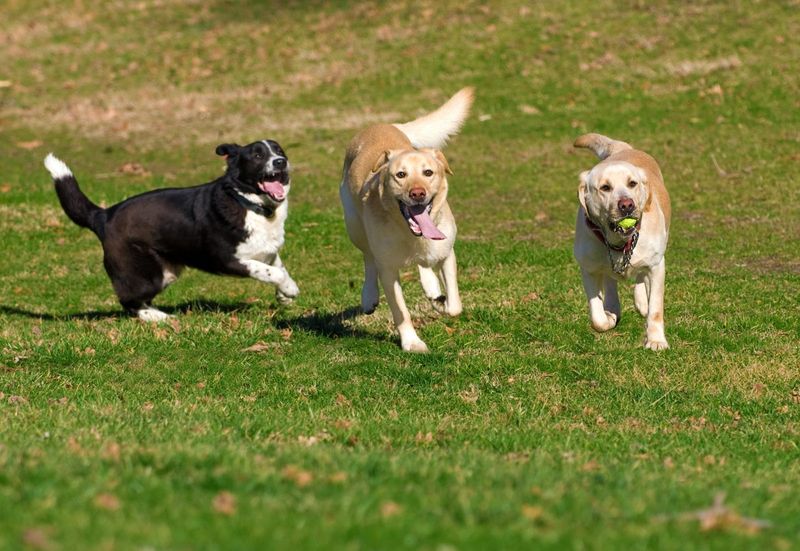
Social butterflies at heart, most dogs crave regular interaction with their own kind. Canine friendships provide unique play styles and communication that humans simply can’t replicate. The full-body wiggles when dogs reunite with pals show just how meaningful these relationships are.
Many owners rely solely on random dog park encounters rather than nurturing specific friendships. Scheduling regular playdates with compatible canine companions creates consistency dogs appreciate. Even shy or selective dogs benefit from carefully chosen buddies in controlled environments.
9. Exploring New Environments

Novel sights, sounds, and smells provide critical mental stimulation for curious canines. Exploring new trails, parks, or even pet-friendly stores creates excitement and builds confidence. Each new environment presents a treasure trove of information for your dog’s remarkable senses.
Many owners stick to the same walking routes out of convenience, not realizing how monotonous this becomes for adventure-seeking dogs. Even small changes – like visiting a different neighborhood or taking an unfamiliar path – can reinvigorate your dog’s enthusiasm for walks. These new experiences also help dogs become more adaptable and less reactive to environmental changes.
10. Chewing Opportunities
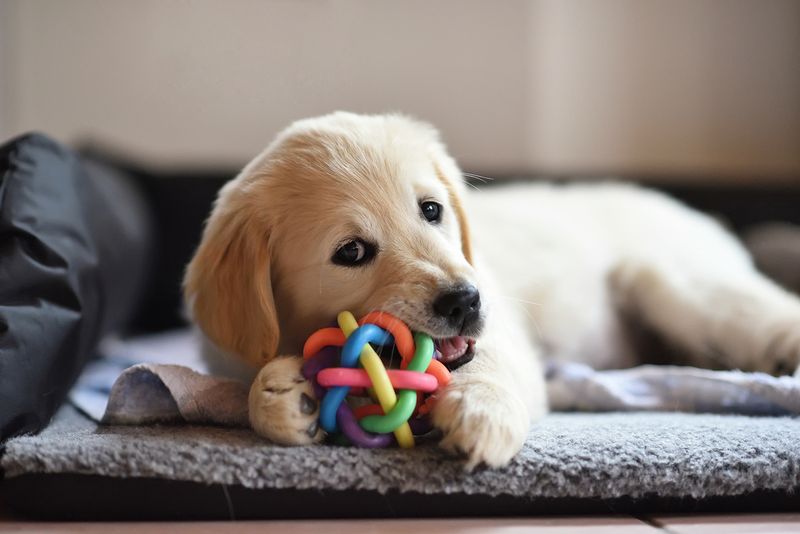
Chewing isn’t just a puppy phase – it’s a lifelong need for dogs that relieves stress and provides sensory satisfaction. The repetitive jaw motion releases endorphins that create a natural calming effect. Different textures offer varied sensations that keep the experience interesting.
Many owners only provide chewing outlets reactively when problems arise. Proactively offering appropriate chewing items prevents destructive behavior while supporting dental health. Natural options like bully sticks, antlers, or specially designed rubber toys last longer than processed treats.
11. Swimming Adventures
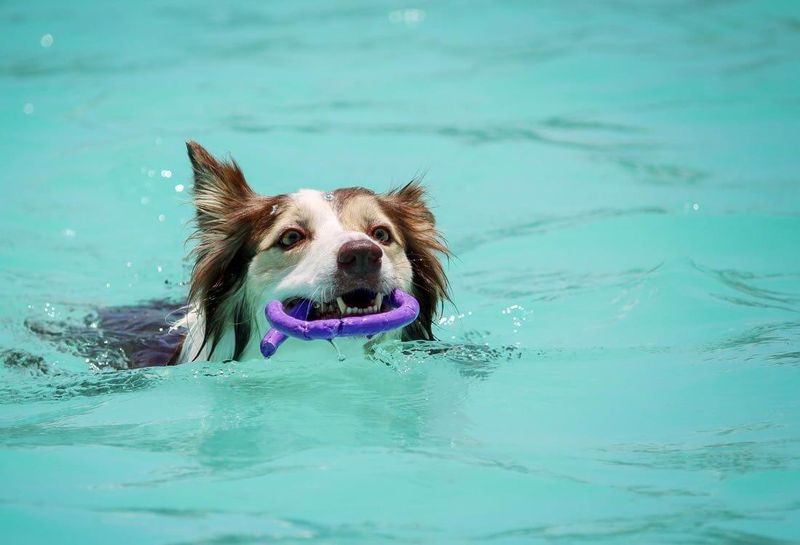
Water play awakens primal joy in many dogs, offering low-impact exercise that’s especially beneficial for older or arthritic pups. The buoyancy creates freedom of movement that land activities can’t match. The cooling sensation also provides welcome relief during warmer months.
Swimming opportunities often get limited to occasional summer outings. Indoor dog pools, lake visits, or even kiddie pools in the backyard can extend this pleasure year-round. Remember that not all dogs are natural swimmers – introduction should be gradual with proper safety gear for beginners.
12. Consistent Daily Routine

Predictable schedules provide security that dogs crave deep in their souls. Knowing when to expect meals, walks, and bedtime creates a framework that reduces anxiety and builds confidence. The reliability of routine helps dogs understand their world.
Modern busy lifestyles often lead to irregular schedules that can confuse and stress our canine companions. Even when timing shifts, maintaining the sequence of daily activities helps dogs adapt. Weekend consistency is particularly important – sleeping in might feel great for you, but your dog’s internal clock doesn’t recognize Saturday.
13. Hide and Seek Games
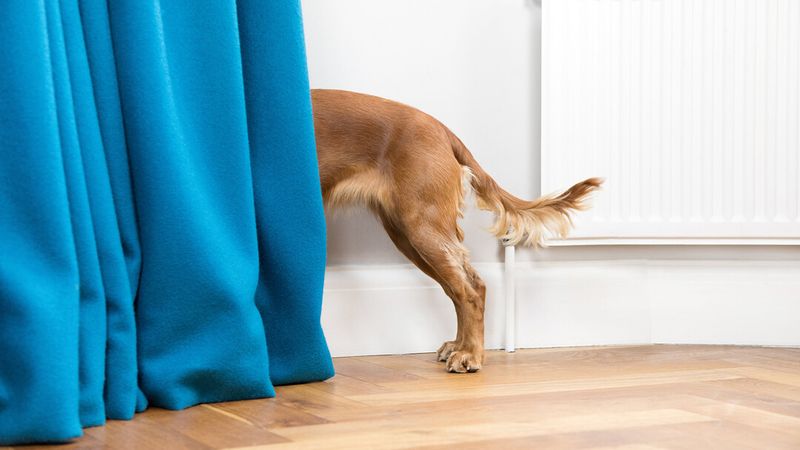
Few activities combine mental stimulation and physical exercise like hide and seek. This game taps into natural hunting instincts while creating an exciting bonding opportunity. The moment of discovery brings pure, unbridled joy that strengthens your connection.
This simple game requires no special equipment – just your presence and creativity. Start with easy hiding spots and gradually increase difficulty as your dog’s skills improve. Hiding treats or favorite toys works well for beginners, while advanced players enjoy finding family members in different rooms.
14. Gentle Brushing Sessions
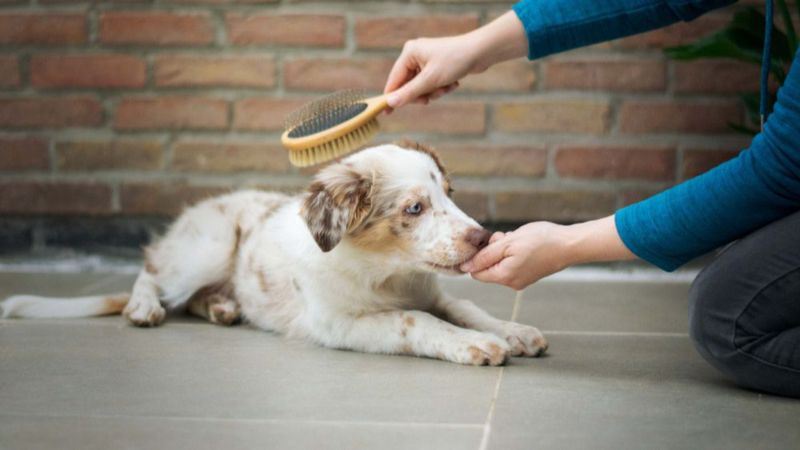
Beyond basic grooming, regular brushing becomes a soothing ritual that many dogs deeply enjoy. The repetitive strokes mimic social grooming behaviors in pack animals, creating comfort and connection. Different brush types offer varied sensations that can target specific preferences.
Many owners only brush when shedding becomes noticeable, missing the bonding opportunity of regular sessions. Short, positive experiences build positive associations even for brush-resistant dogs. Starting in puppyhood creates lifelong acceptance, but even older dogs can learn to love this special attention with patience and treats.
15. Quiet Companionship

Simply being together in peaceful silence fulfills your dog’s pack instincts without demanding anything from either of you. The reassuring presence of their favorite human provides deep security that active play can’t replace. These moments of quiet togetherness often become cherished memories for both species.
In our achievement-oriented culture, we often feel pressure to constantly entertain or train our dogs. Sometimes the greatest gift is just being present – reading a book while your dog naps nearby or working on your laptop with your pup at your feet. These moments of connection without agenda strengthen your bond in profound ways.






